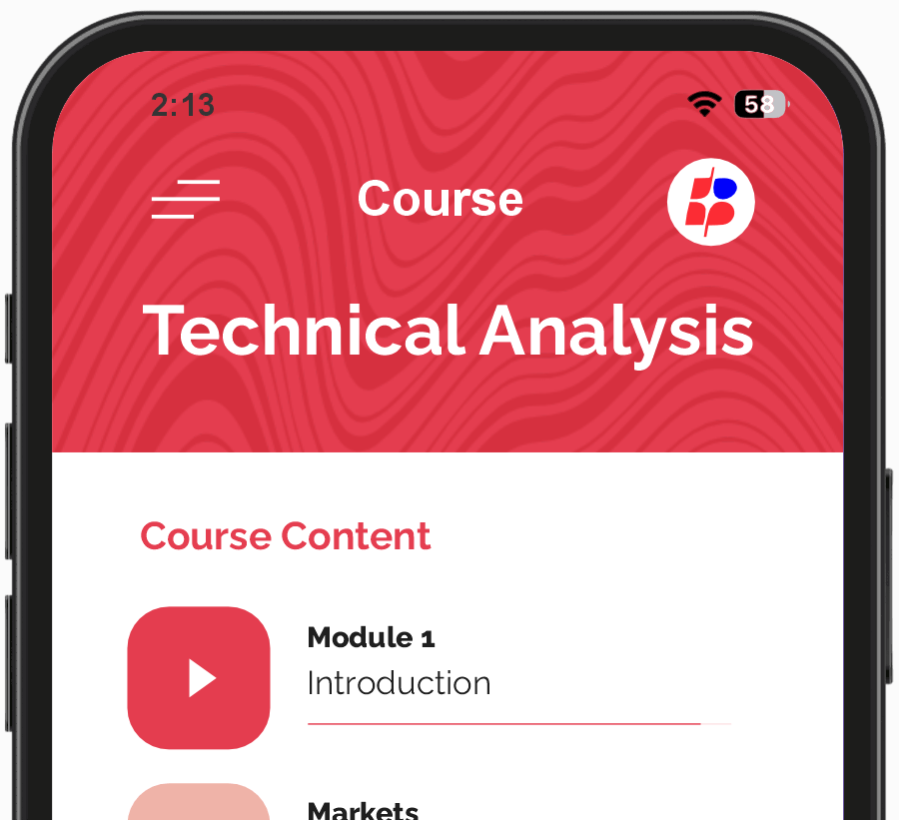Delta divergence in currency markets is an advanced trading concept that gives forex traders important information into market momentum and potential reversals.
When you analyzing the divergence between price movements and order flow, traders can better understand shifts in market sentiment, helping them identify entry and exit points.
In This Post
Delta Divergence in Currency Markets
Delta divergence in currency trading can provide traders with the right knowledge on market sentiment and momentum.
This concept involves analyzing the difference between price movement and delta, which measures the net difference between buying and selling orders.
When there is a divergence between the two, it can indicate a potential reversal or continuation of the current trend.
In the highly liquid forex market, understanding delta divergence can help traders sharpen their strategies, identify hidden buying or selling pressure, and make more informed decisions.
Delta in Forex Trading
Delta, in trading terms, refers to the difference between the number of buy and sell orders in the market. Specifically, it measures the net volume, showing whether buyers or sellers are dominant during a given period.
- Price Delta: Refers to the change in price during a specific timeframe.
- Volume Delta: Tracks the difference between buying and selling volume at each price level.
In forex markets, where volume information is less transparent than in equities or futures, delta analysis still provides valuable insights by reflecting market sentiment through order flow imbalances.
What is Delta Divergence?
Delta divergence occurs when there is a discrepancy between price movements and delta. Essentially, it happens when the price is trending in one direction, but the net buying or selling pressure (delta) is moving in the opposite direction.
- Price and delta divergence: When price increases, but delta shows a net selling imbalance, this can signal weakening momentum, suggesting a potential reversal.
- Why it matters: Delta divergence often precedes price reversals, giving traders a heads-up before the rest of the market reacts.
Types of Delta Divergence
1. Bullish Delta Divergence
Bullish delta divergence occurs when price makes lower lows, but delta shows an increase in buying pressure. This signals that while the market is pushing prices lower, buyers are quietly stepping in, indicating a potential reversal to the upside.
- How to spot it: Look for lower lows in price with rising delta on your trading platform.
- Trading strategy: Buy when delta confirms a divergence with price, setting a stop-loss below the most recent low.
2. Bearish Delta Divergence
Bearish delta divergence happens when price makes higher highs, but delta shows a decrease in buying activity or an increase in selling pressure. This is a signal that while the price continues upward, buying interest is fading, hinting at an impending reversal.
- Identifying it: Higher highs in price, paired with falling delta.
- Trading strategy: Sell or short when delta confirms the bearish divergence, setting a stop-loss above the recent high.
How to Use Delta Divergence in Currency Markets
To effectively use delta divergence in forex trading, you’ll need access to tools that can track delta (such as order flow analysis software or advanced charting platforms). Here’s a step-by-step guide:
1. Identify price movement: Look for trending price action, either higher highs or lower lows.
2. Monitor delta: Track the net buying or selling pressure using delta indicators.
3. Spot divergence: Confirm whether price and delta are diverging. For example, price rising while delta decreases.
4. Confirm trade setup: Look for additional confirmation from other technical indicators.
5. Execute trade: Enter a trade when the divergence signals a potential reversal, placing appropriate stop-loss levels to manage risk.
Delta Divergence and Regular Divergence
Regular divergence typically refers to discrepancies between price and technical indicators like RSI (Relative Strength Index) or MACD (Moving Average Convergence Divergence).
While these are useful for identifying overbought or oversold conditions, delta divergence is often considered more reliable because it directly measures order flow—the force driving price movements.
Major Difference: Delta divergence focuses on real-time order imbalances, making it more responsive to shifts in market sentiment compared to lagging technical indicators.
Combining Delta Divergence with Other Indicators
To increase the accuracy of delta divergence signals, it’s beneficial to combine this analysis with other indicators. For example:
RSI: Use RSI to identify overbought or oversold conditions alongside delta divergence.
Bollinger Bands: Look for delta divergence when price approaches or breaches Bollinger Bands, suggesting volatility and potential reversals.
Moving Averages: Crossovers between moving averages can provide confirmation of delta divergence, especially in trending markets.
Advantages
1. Early reversal signals: Delta divergence often signals reversals before they are visible through price action alone.
2. Order flow Understanding: Traders are able to understand into whether buyers or sellers are in control, even if price action doesn’t clearly reflect it.
3. Applicable across timeframes: Delta divergence can be used in both short-term and long-term trading strategies.
Limitations
1. Platform dependency: Delta data is not available on all forex trading platforms, and traders may need specialized software to track it.
2. False signals: As with any trading strategy, delta divergence can produce false signals, so it should always be confirmed with other technical tools and risk management techniques.
Frequently Asked Questions
1. Can delta divergence be applied effectively to all currency pairs, including exotic pairs?
While delta divergence works well in major currency pairs due to higher liquidity and tighter spreads, it may be less effective in exotic pairs where there is less trading volume and higher volatility. Traders should exercise caution and test delta divergence on specific pairs before relying on it fully.
2. What timeframes are most suitable for delta divergence analysis in forex?
Delta divergence can be applied across various timeframes, but it tends to work best in short-to-medium timeframes such as 15-minute to 4-hour charts.
However, the effectiveness of the strategy may vary depending on the trader’s style and the market conditions of the specific currency pair.
3. Is delta divergence useful during periods of low trading volume, such as market holidays or weekends?
During periods of low trading volume, delta divergence may produce unreliable signals due to the lack of substantial buying or selling pressure. It’s recommended to avoid using delta divergence during such periods and focus on times when the market is more active.
Conclusion
Delta divergence is a tool for forex traders, offering a look at market sentiment and potential reversals.
When you analyze the divergence between price and order flow, it help you to identify hidden opportunities in the currency markets that might be missed using traditional technical indicators alone.
Including delta divergence into your trading strategy, combined with proper risk management and confirmation from other indicators, can give you an edge in going abou the forex markets with more confidence.
As always, ensure you thoroughly backtest and practice using delta divergence before applying it in live trading scenarios.




